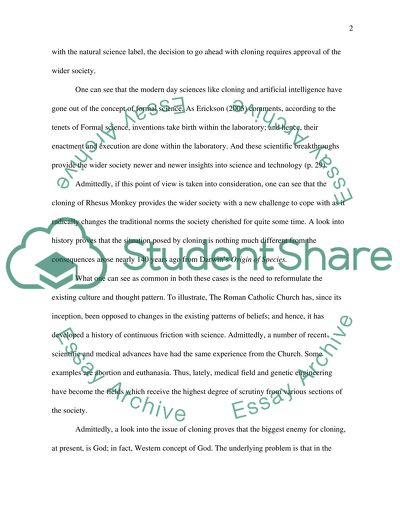Cite this document
(“Scientists Clone Rhesus Monkey to Produce Stem Cells Essay”, n.d.)
Scientists Clone Rhesus Monkey to Produce Stem Cells Essay. Retrieved from https://studentshare.org/sociology/1444900-samedayspring
Scientists Clone Rhesus Monkey to Produce Stem Cells Essay. Retrieved from https://studentshare.org/sociology/1444900-samedayspring
(Scientists Clone Rhesus Monkey to Produce Stem Cells Essay)
Scientists Clone Rhesus Monkey to Produce Stem Cells Essay. https://studentshare.org/sociology/1444900-samedayspring.
Scientists Clone Rhesus Monkey to Produce Stem Cells Essay. https://studentshare.org/sociology/1444900-samedayspring.
“Scientists Clone Rhesus Monkey to Produce Stem Cells Essay”, n.d. https://studentshare.org/sociology/1444900-samedayspring.


